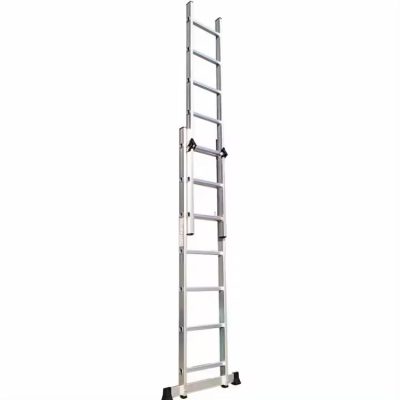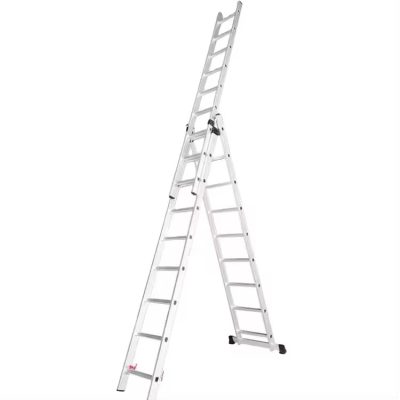In the realm of industrial maintenance, where precision and safety are paramount, aluminum ladders emerge as indispensable tools for accessing elevated equipment and structures. From manufacturing plants to power generation facilities, these versatile ladders play a pivotal role in facilitating routine inspections, repairs, and maintenance tasks. In this exploration, we delve into the critical significance of aluminum ladders in industrial maintenance, highlighting their contributions to enhancing safety, efficiency, and operational reliability.
Accessing Elevated Equipment:
Industrial facilities are replete with machinery, equipment, and infrastructure that require regular maintenance to ensure optimal performance and reliability. Aluminum ladders serve as essential tools for accessing elevated equipment such as overhead cranes, conveyors, and piping systems. Whether it’s conducting visual inspections, lubricating moving parts, or replacing components, these ladders provide workers with safe and stable access to critical infrastructure, minimizing downtime and optimizing operational efficiency.
Safety First Approach:
Safety is non-negotiable in industrial maintenance, where workers routinely operate at heights that pose significant risks. Aluminum ladders prioritize safety through thoughtful design features such as non-slip rungs, sturdy handrails, and secure locking mechanisms. Additionally, adherence to strict safety protocols and regulations ensures that ladders are inspected regularly and maintained in optimal condition, further mitigating risks and enhancing worker safety on the job site.
Versatility and Adaptability:
Industrial maintenance tasks vary in complexity and scope, requiring tools and equipment that are versatile and adaptable to different environments. Aluminum ladders excel in this regard, offering a range of configurations—from step and extension ladders to platform and rolling ladders—that cater to diverse maintenance requirements. Moreover, lightweight construction and collapsible designs facilitate easy transportation and positioning, enabling workers to access confined spaces and maneuver through tight corridors with ease.
Durability and Resilience:
Industrial maintenance environments can be harsh and demanding, subjecting equipment to rigorous use and exposure to harsh conditions. Aluminum ladders are prized for their durability and resilience, thanks to their construction from high-grade aluminum alloys known for their strength and corrosion resistance. These ladders withstand the rigors of daily use in industrial settings, retaining their structural integrity and performance even in challenging conditions such as exposure to chemicals, moisture, and extreme temperatures.
Efficiency and Productivity Gains:
By providing safe and reliable access to elevated equipment and structures, aluminum ladders contribute to efficiency gains and productivity enhancements in industrial maintenance operations. Workers can perform tasks more effectively and expediently when equipped with the right tools, minimizing downtime and maximizing equipment uptime. Moreover, the lightweight nature of aluminum ladders facilitates swift deployment and repositioning, further streamlining workflow and enhancing overall operational efficiency.
Conclusion:
In the demanding and safety-conscious realm of industrial maintenance, aluminum ladders emerge as indispensable assets, essential for accessing elevated equipment and structures while prioritizing worker safety and efficiency. With their durability, versatility, and reliability, these ladders serve as cornerstones of success in maintaining operational reliability and ensuring the continued functionality of critical infrastructure. As industries continue to evolve and innovate, aluminum ladders will remain essential tools, enabling maintenance professionals to scale heights safely and uphold operational excellence.







